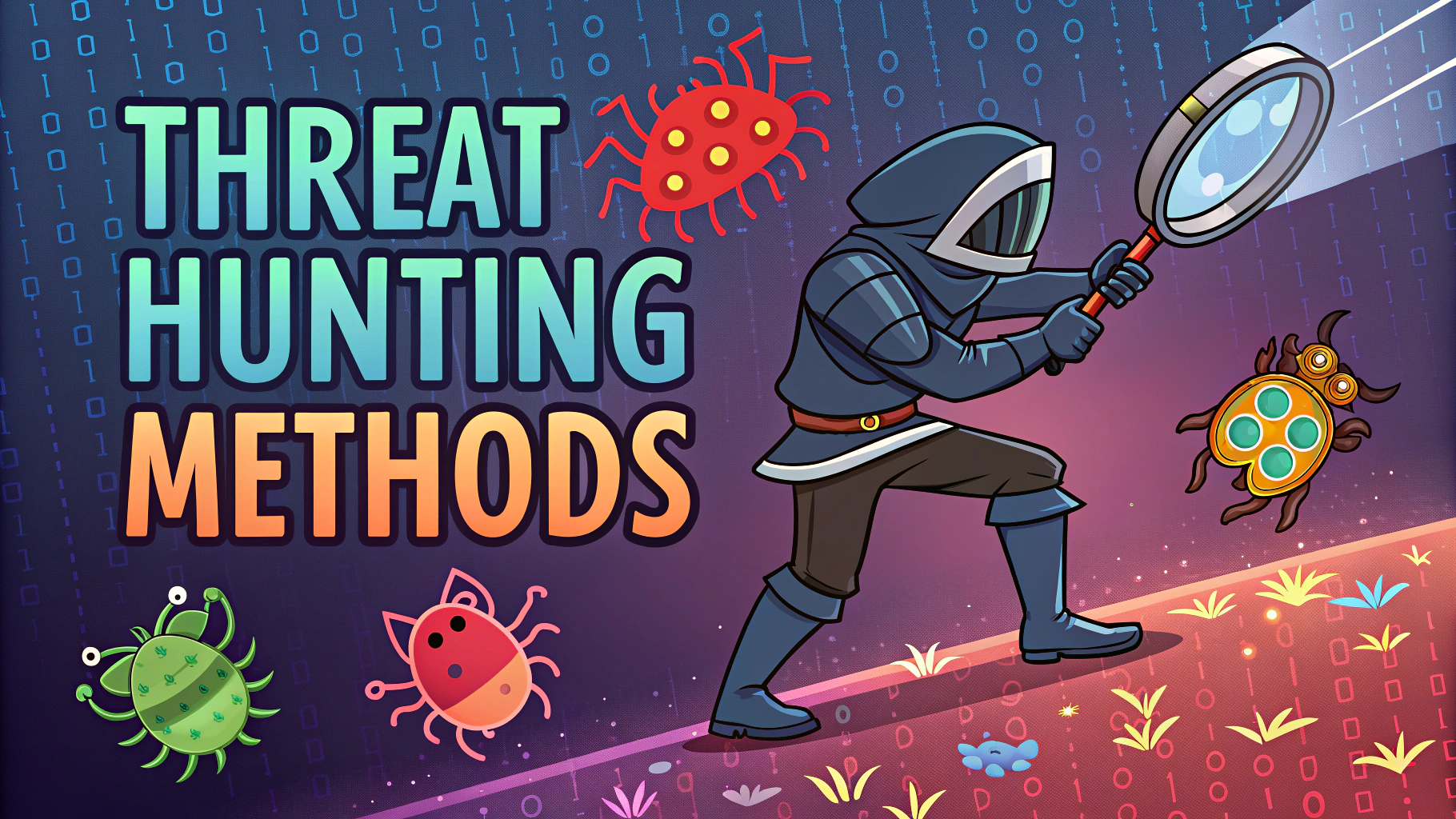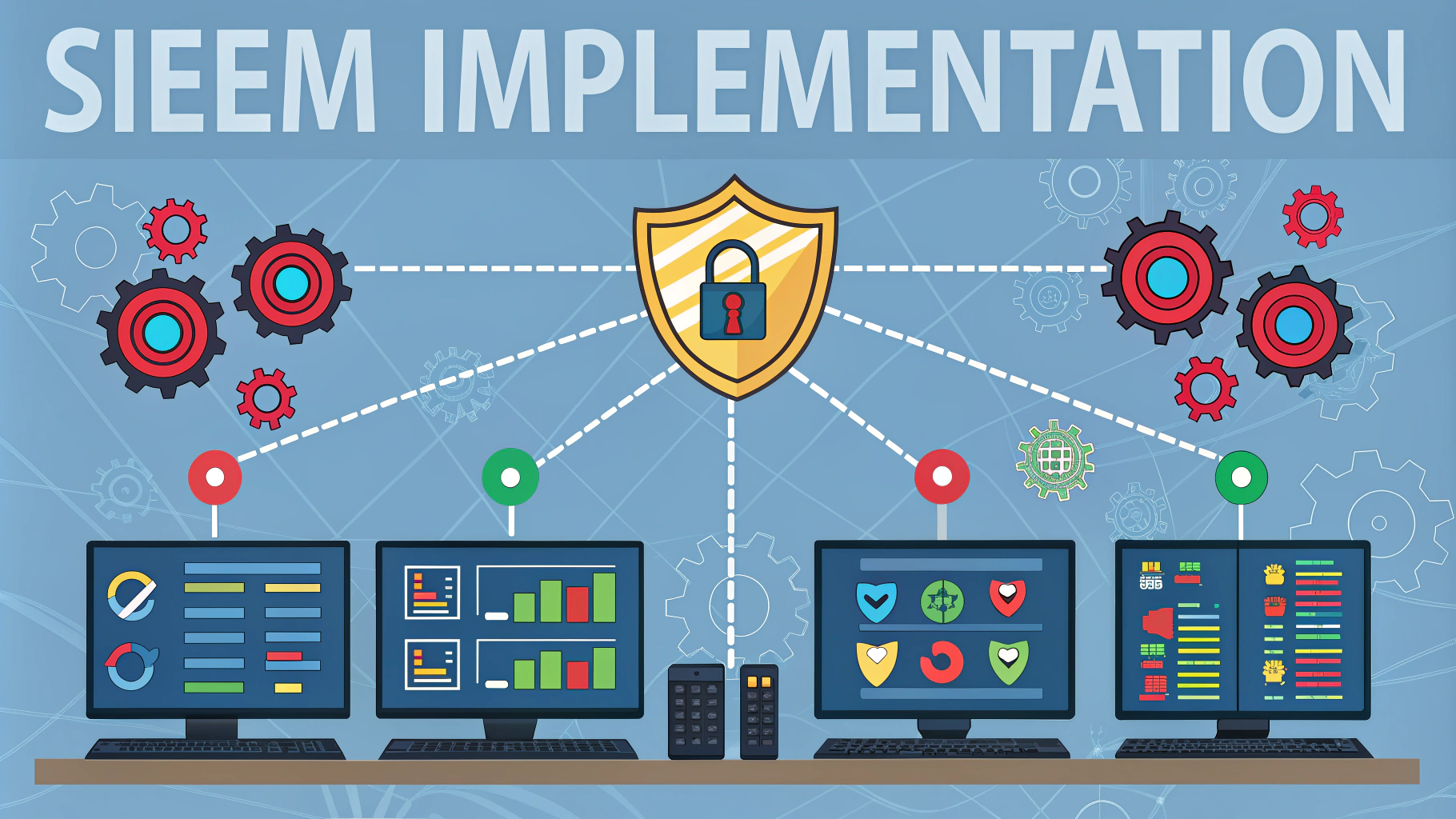Custom exploit development represents a specialized field within penetration testing where security professionals create targeted exploits to identify vulnerabilities in systems and applications.
Security researchers who master custom exploit creation can discover previously unknown weaknesses, helping organizations protect against sophisticated cyber attacks.
This guide explores the essential skills, tools and methodologies needed to develop custom exploits safely and ethically within authorized penetration testing engagements.
Core Skills Required
- Advanced knowledge of assembly language and CPU architecture
- Strong understanding of memory management and allocation
- Expertise in debugging tools and techniques
- Proficiency in scripting languages (Python, Ruby, Perl)
- Deep knowledge of target operating systems
Essential Tools for Custom Exploit Development
- Debuggers: OllyDbg, WinDbg, GDB
- Disassemblers: IDA Pro, Ghidra, Radare2
- Fuzzing tools: AFL, Peach Fuzzer
- Development environments: Visual Studio, Eclipse
- Virtual machines for testing
Exploit Development Process
Start with thorough reconnaissance of the target system or application to understand its architecture and potential weak points.
Analyze the target’s behavior through debugging and reverse engineering to identify exploitable conditions.
Create proof-of-concept code to verify the vulnerability exists.
Develop reliable exploit code that can consistently trigger the vulnerability.
Test the exploit thoroughly in isolated environments to ensure stability and effectiveness.
Common Exploit Types
- Buffer Overflows
- Format String Vulnerabilities
- Use-After-Free Exploits
- Return-Oriented Programming (ROP)
- Heap Spraying Techniques
Safety and Legal Considerations
Always obtain written permission before testing any systems or applications.
Document all testing activities and maintain detailed logs of exploit development process.
Never share exploit code publicly without proper responsible disclosure procedures.
Resources for Learning
Moving Forward with Exploit Development
Practice exploit development skills in controlled lab environments with purposely vulnerable applications like DVWA or WebGoat.
Join security research communities and collaborate with other professionals to share knowledge and techniques.
Stay updated with the latest security advisories and vulnerability disclosures to understand new exploit vectors.
Advanced Exploitation Techniques
Modern exploit development requires understanding advanced concepts like ASLR bypass, stack pivoting, and heap manipulation techniques.
Shellcode development and encoding are crucial skills for creating reliable exploits that can evade detection systems.
Advanced Concepts
- Return-to-libc attacks
- Egg hunter techniques
- SEH exploits
- JavaScript heap spraying
Documentation and Reporting
Maintain detailed documentation of exploit development processes, including:
- Initial vulnerability analysis
- Proof-of-concept code
- Testing methodologies
- Mitigation recommendations
- Impact assessments
Industry Best Practices
Follow established frameworks and methodologies when developing exploits:
- PTES (Penetration Testing Execution Standard)
- OWASP Testing Guide
- Bug Bounty Program Guidelines
Mastering the Art of Exploit Development
Success in exploit development requires continuous learning and adaptation to new security mechanisms and protections.
Build a strong foundation in programming, assembly, and systems architecture while maintaining ethical standards and professional responsibility.
Focus on responsible disclosure and contributing to the security community through research and knowledge sharing.
FAQs
- What exactly is custom exploit development in penetration testing?
Custom exploit development is the process of creating specialized code or scripts to take advantage of specific vulnerabilities in software, systems, or applications that aren’t covered by existing public exploits. - What programming languages are essential for custom exploit development?
Python, C/C++, Assembly, and PowerShell are crucial languages for exploit development. Python is commonly used for rapid prototyping, while C/C++ and Assembly are essential for low-level exploitation. - What tools are commonly used in custom exploit development?
Essential tools include debuggers like GDB and WinDbg, disassemblers like IDA Pro and Ghidra, and frameworks like Metasploit and Immunity Debugger. - How does buffer overflow exploitation work?
Buffer overflow exploitation involves overwriting memory beyond a buffer’s allocated space to manipulate program execution, potentially leading to code execution or system crashes. - What is shellcode in exploit development?
Shellcode is a small piece of code, typically written in Assembly, that executes specific actions when injected into a vulnerable program, such as spawning a command shell or creating a reverse connection. - What are the common protection mechanisms that need to be bypassed?
Modern systems implement DEP (Data Execution Prevention), ASLR (Address Space Layout Randomization), Stack Canaries, and NX bit protection that must be considered during exploit development. - How do you handle different operating system versions in exploit development?
Exploits need to be adapted for different OS versions due to varying memory layouts, security features, and system calls. This often requires version-specific offsets and bypass techniques. - What is the importance of egghunters in exploit development?
Egghunters are small pieces of code used when direct shellcode injection isn’t possible due to size constraints, helping locate and execute larger payloads stored elsewhere in memory. - How do you make exploits more reliable and stable?
Reliability is improved by implementing proper exception handling, validating memory addresses, using NOP sleds, and thoroughly testing across different system configurations. - What role does fuzzing play in custom exploit development?
Fuzzing helps identify potential vulnerabilities by automatically generating and testing various input combinations, making it an essential part of the exploit development process.








